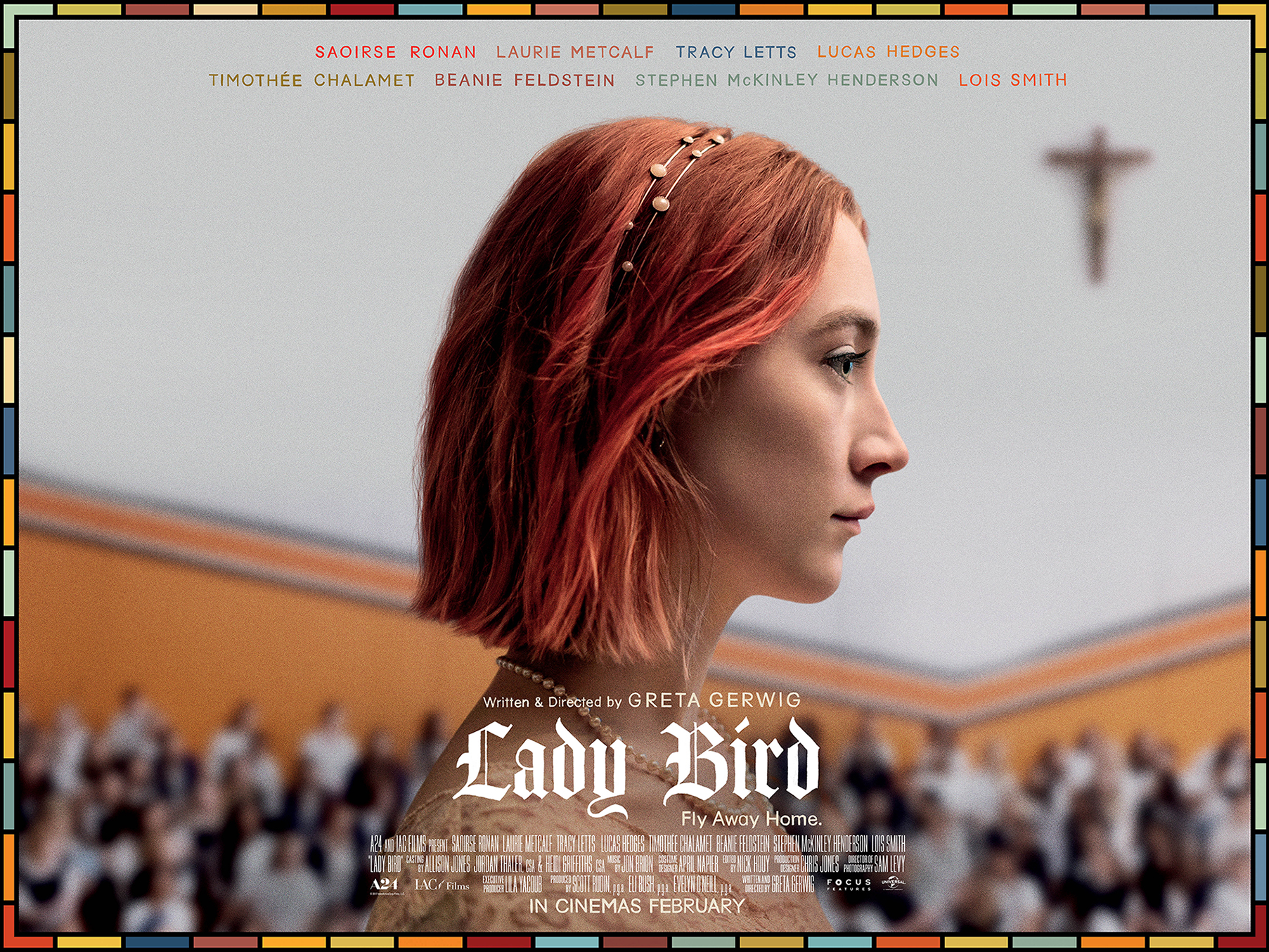Coming of Age
We all know them, most of us love them, the coming of age movie has been popular among young audiences for their ability to resonate with teens. I’m interested in doing this genre because of this very reason. I relate to the characters and storylines portrayed in this genre, meaning I feel confident in creating a story that captivates its target audience (A.K.A. my peers and I).
A coming of age story is one that illustrates an adolescent growing up, either by adult experiences or simply mentally progressing into an adult. These stories demonstrate a character’s “bildungsroman,” or their evolution from being innocent to experienced. The main character is a teen, which allows for the target audience to see themselves on screen. This is incredibly important, considering these stories rely on teens seeing themselves represented correctly. The target audience is 13-19 year old girls with ordinary interests (such as music and reading). Females are more interested in the drama, romance, and subject matters represented in coming of age stories.
Some coming of age subject matters and tropes include:
Self discovery and finding one’s identity
The main character realizes they’re different from their peers.
EX: Being a part of the LGBTQ+ community. Queer romance is largely included, as the realization of one’s sexual identity is a part of growing up in the real world.
Difficult relationship with parents
Coming of age movies include disagreements between the main character and their parents. Then they eventually grow to see them as people.
Parties
Teens in this movie genre often attend parties where they officially transition from being innocent to more experienced. The parties typically include alcohol and drugs.
Romance
Unrequited love is common within the genre. This trope sometimes involves the main character having to move on from their unattainable childhood crush.
Friendship
Running away or sneaking out
Questioning societal or religious customs
Losing their innocence
Graduating high school
Coming of age content usually gravitates towards being comedic or dramatic. Let’s look at some examples for each, as well as their openings:
Comedic Coming of Age Story: Booksmart (2019)

(PS: I know the clip I included extends further past the opening, but the content continues to build on what I wanted to mention, so I kept it in. Besides, it's a good movie; it can never hurt to watch a longer clip.)
Dramatic Coming of Age Story: Lady Bird (2017)

Now, I’m not saying Lady Bird isn’t funny (because it has some hilarious moments), but I definitely think it leans more towards the dramatic spectrum since it includes very personal, deep topics. Directed by Greta Gerwig and starring Saoirse Ronan, Laurie Metcalf, and Beanie Feldstein (yes, I am now realizing she is in both of my examples), the movie follows Lady Bird as she is navigating her senior year while having a difficult home life. Its coming of age conventions include: self discovery, having a difficult relationship with your parents, romance, friendship, and graduating high school.
Not only is the opening scene beautiful (I love the colors and lighting), but it establishes the characters and their relationship right away. The audience sees how Lady Bird and her mom begin to argue after having shared such an intimate moment, demonstrating the conflict. Gerwig describes in this Awards Daily article that she wanted to set up the entire film in just the first few lines, which I think she accomplished doing. The relatability of the scene is also of note, since, as I mentioned before, being able to resonate and represent the target audience in a coming of age film is imperative. Fighting with your parent is relatable, and so is the desire to jump out of the car when it gets too intense. Actually doing so isn’t as relatable but it makes for a great ending to a film opening!
So. How am I going to use all this research for my own film opening? Well, investigating the genre’s conventions gave me ideas on where to start for the storyline. Additionally, analyzing case studies from the genre and how they exemplify these conventions is going to help me utilize them in my own work. To be quite honest, all this research really calmed my nerves about the project, since now I have much more knowledge I can put to use.
Until my next post,
Michelle
References:
“Coming-of-Age Story.” TV Tropes, https://tvtropes.org/pmwiki/pmwiki.php/Main/ComingOfAgeStory.
Dominik, et al. “The Art of the Scene: Greta Gerwig Discusses the Opening of Lady Bird.” Awardsdaily, 7 Jan. 2018, https://www.awardsdaily.com/2018/01/06/art-scene-greta-gerwig-discusses-opening-lady-bird/.
Iyer, Shobini. “The Evolution of the Coming-of-Age Genre in Film.” Spartan Shield, https://spartanshield.org/29522/arts-entertainment/the-evolution-of-the-coming-of-age-genre-in-film/.
Kathryn ButtKathryn is an MA graduate in Film and Television from The University of Bristol. After moving from the depths of the countryside. “What Makes a Coming-of-Age Film? (Genre Series).” Raindance, 13 July 2021, https://raindance.org/coming-of-age-genre/.

No comments:
Post a Comment